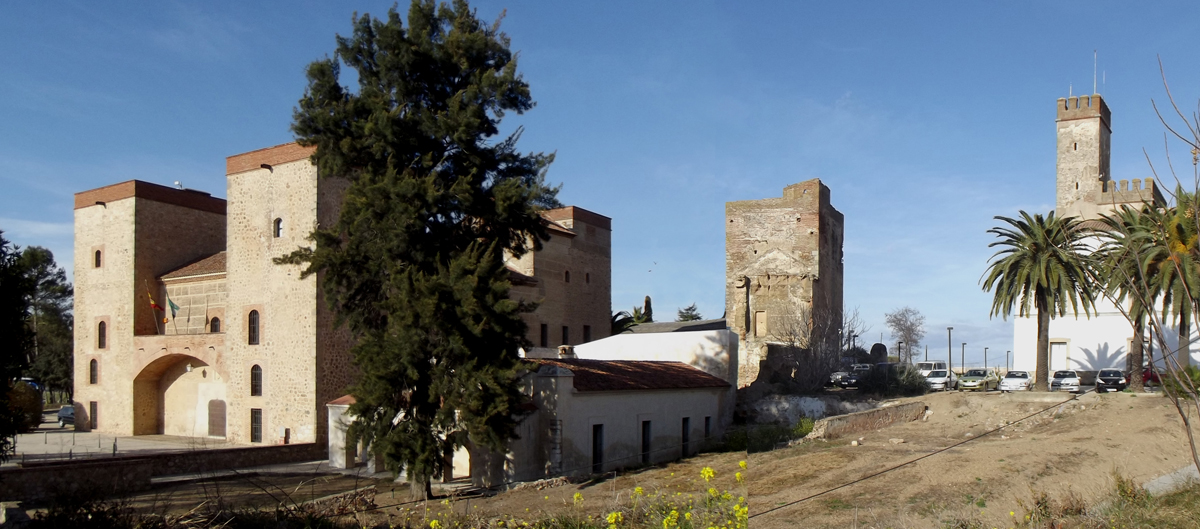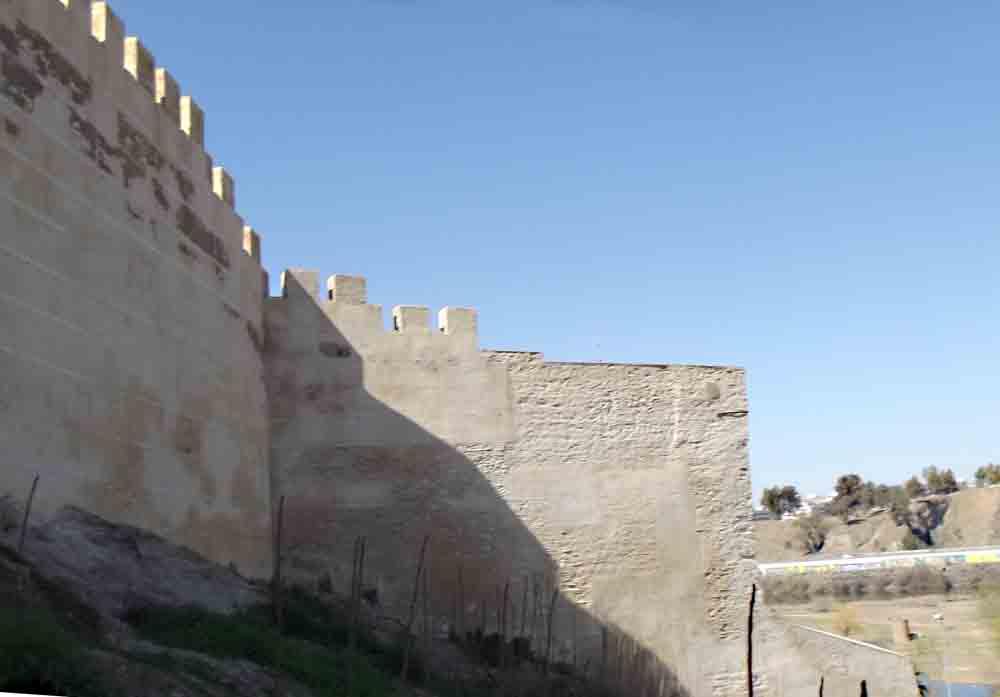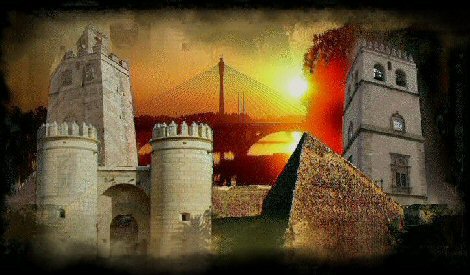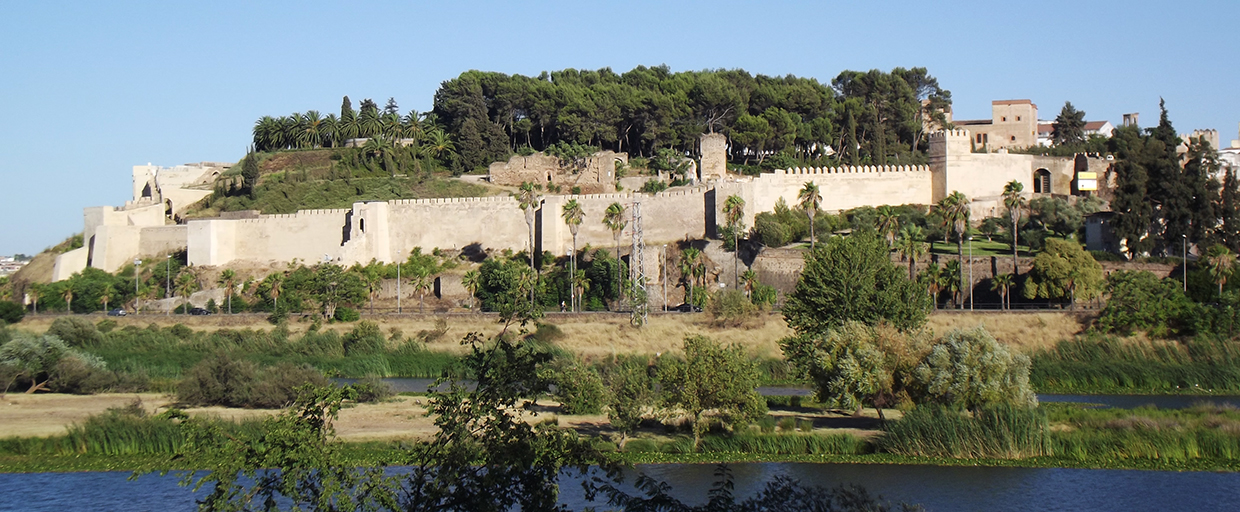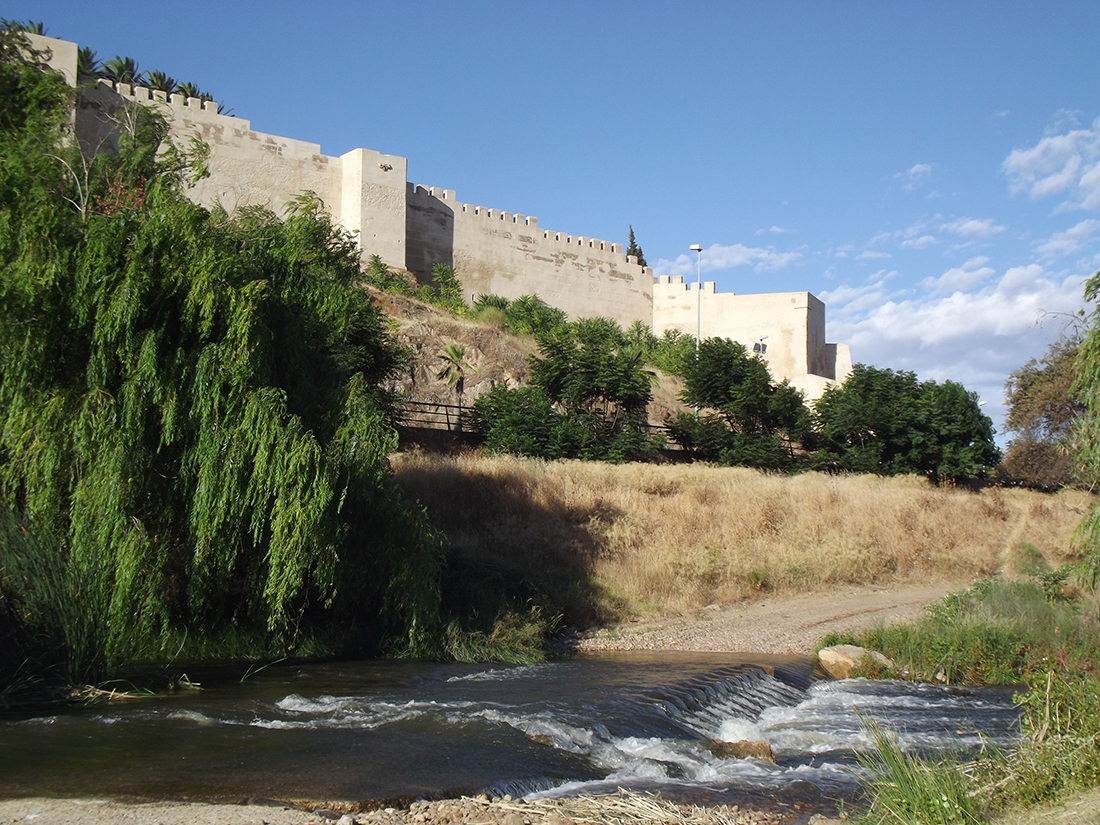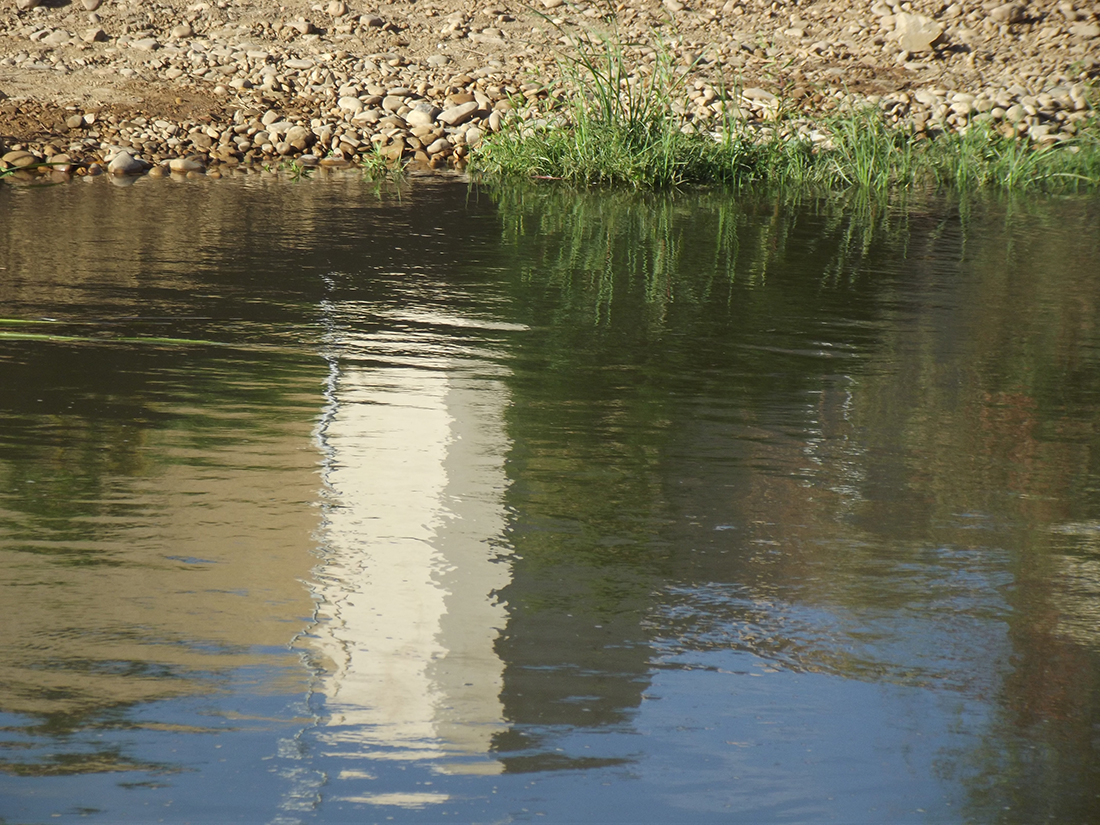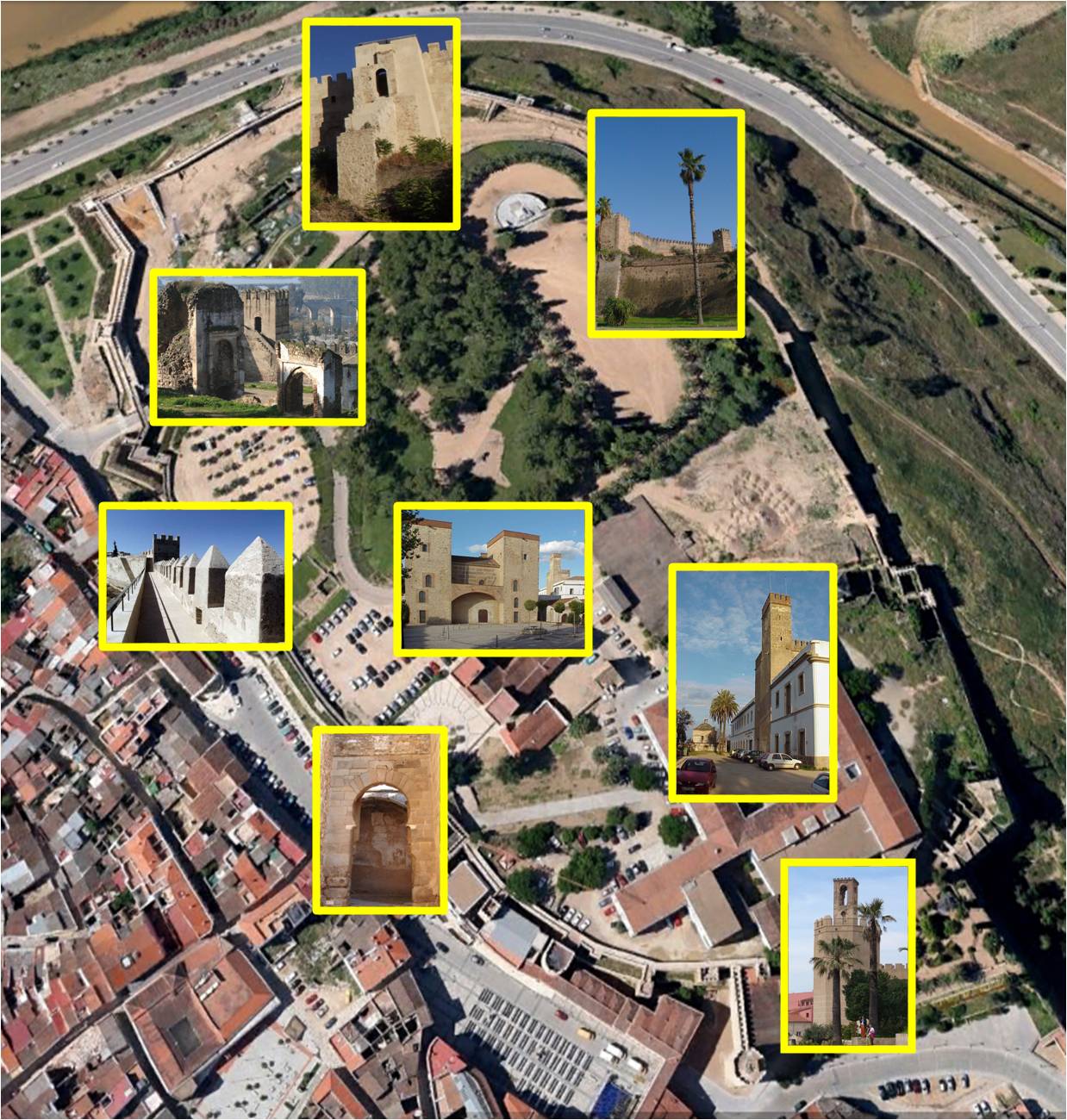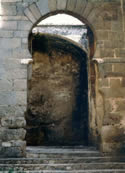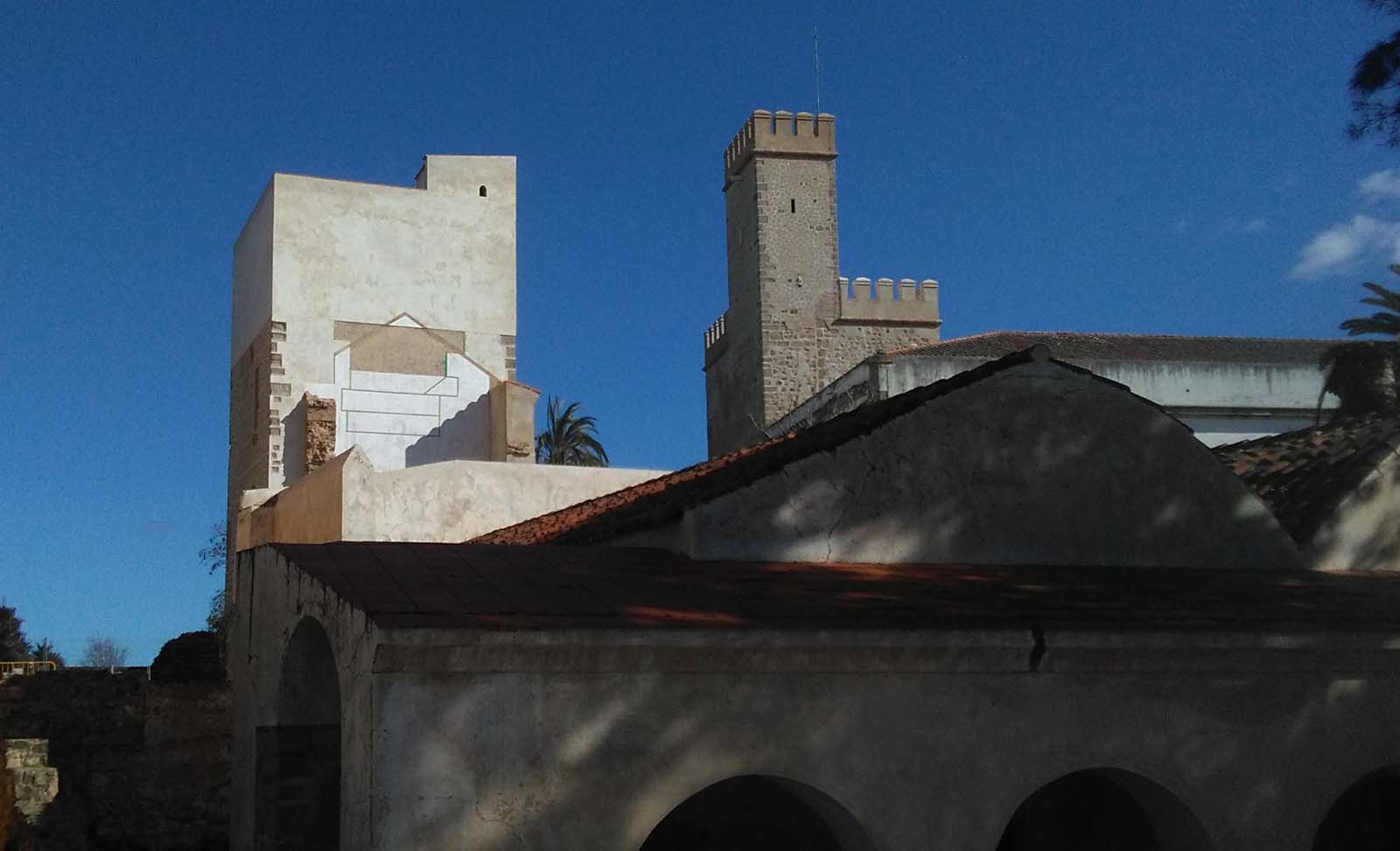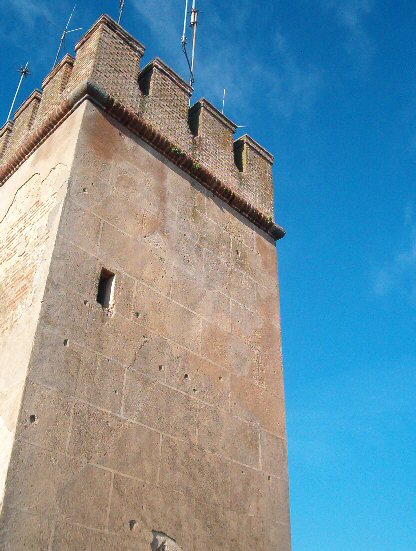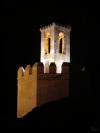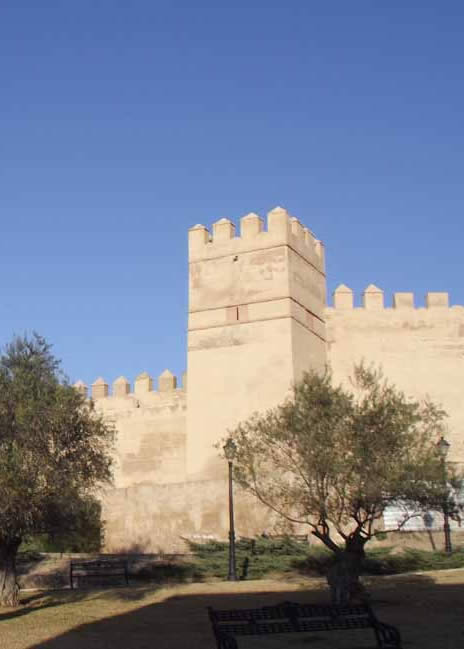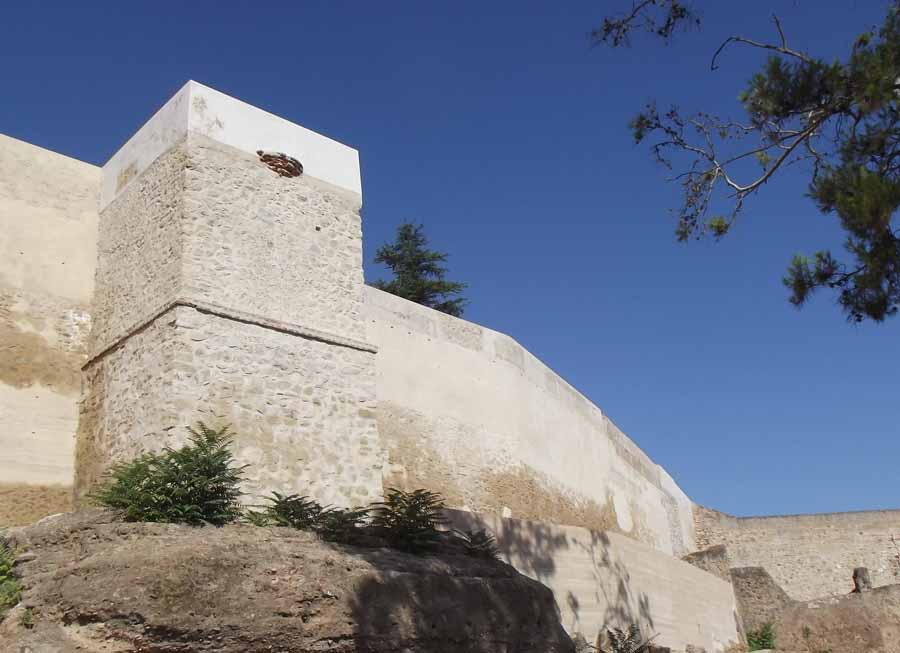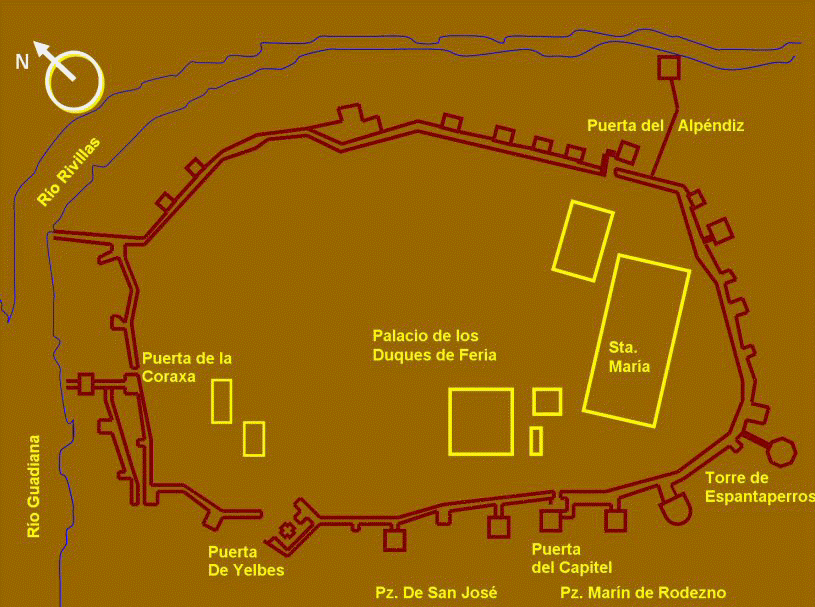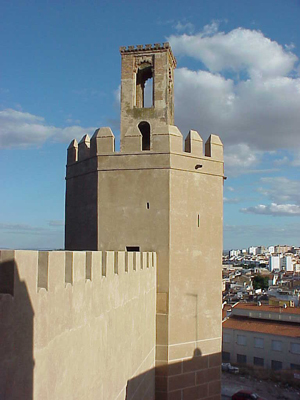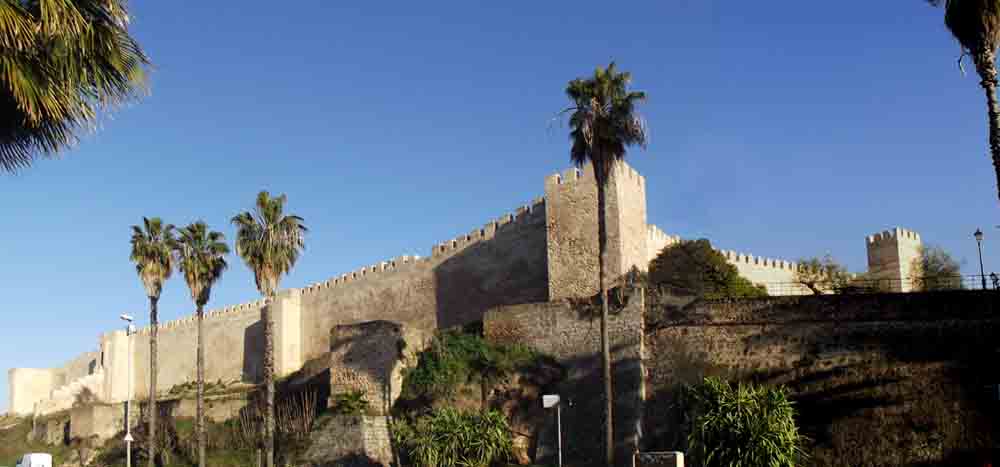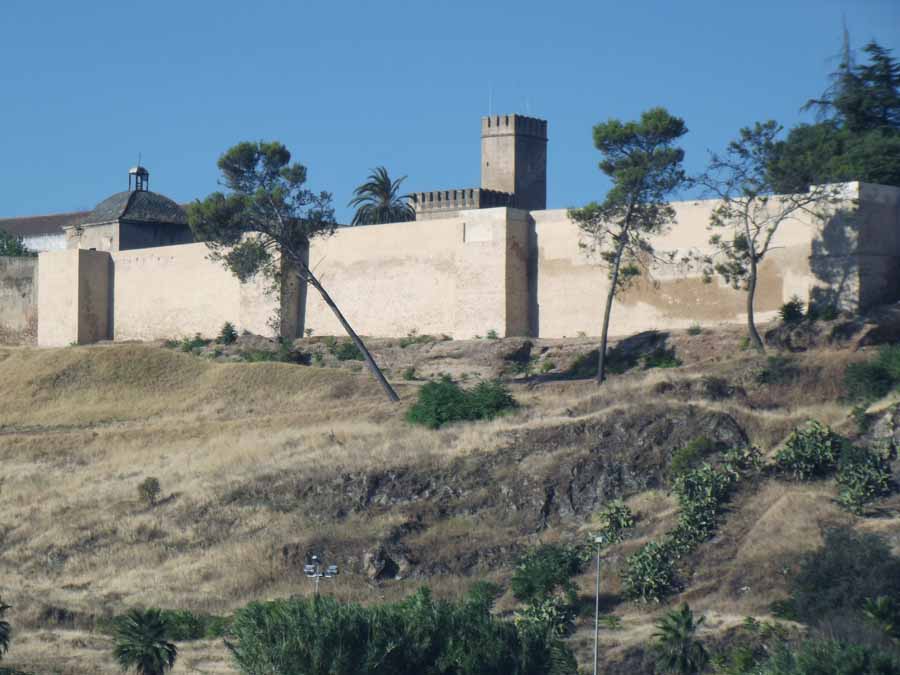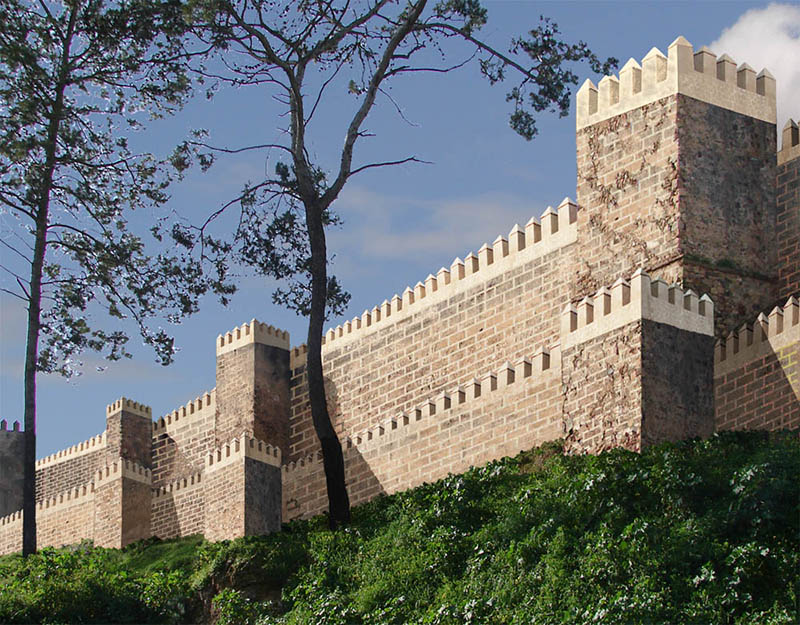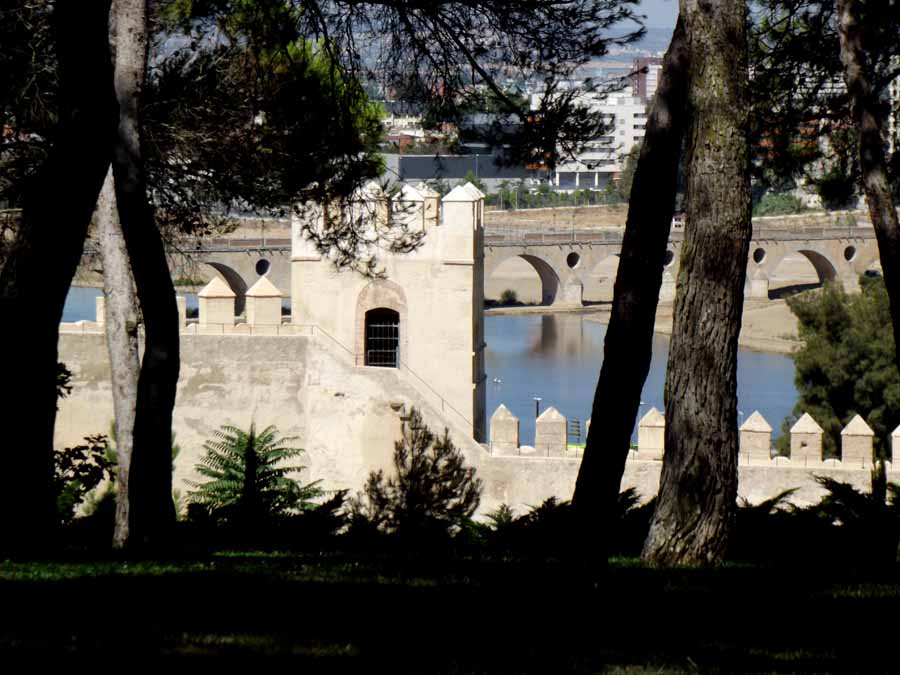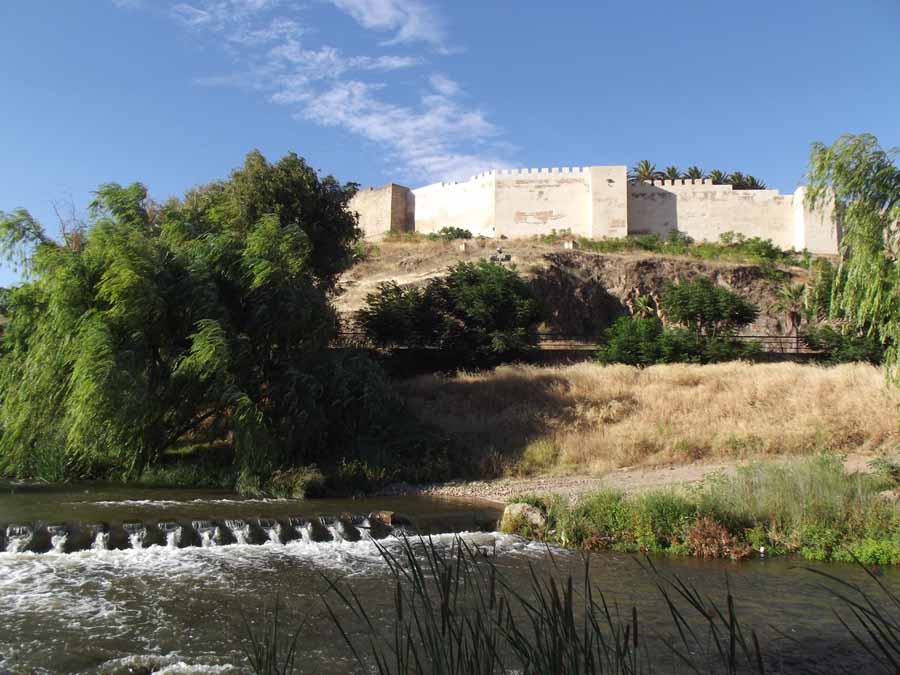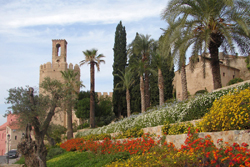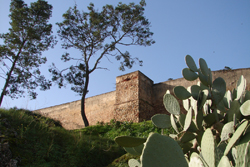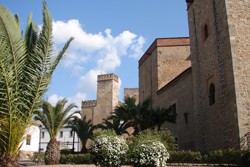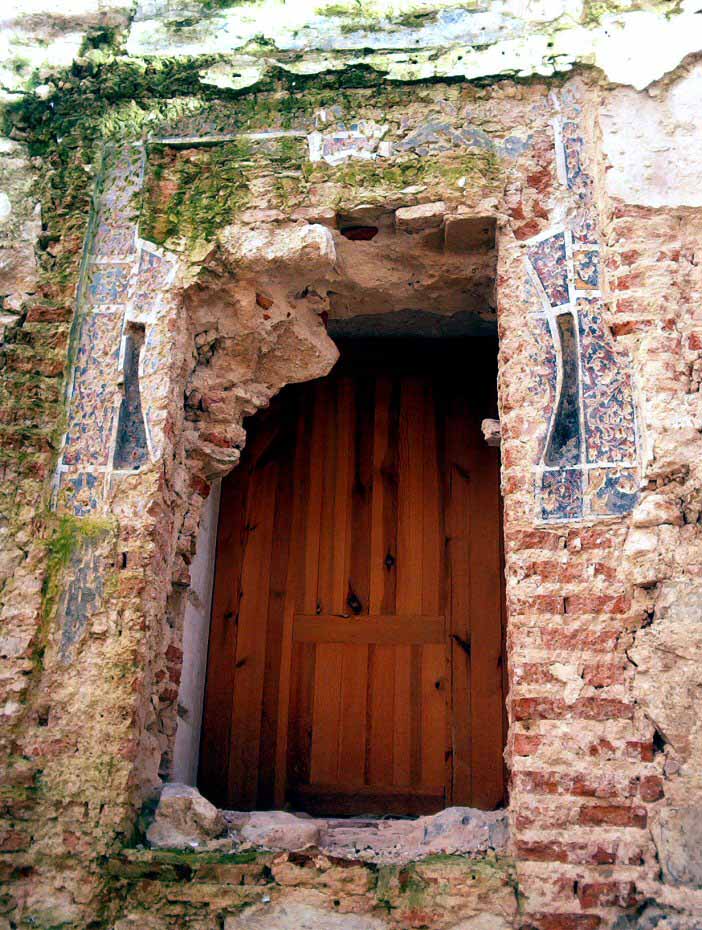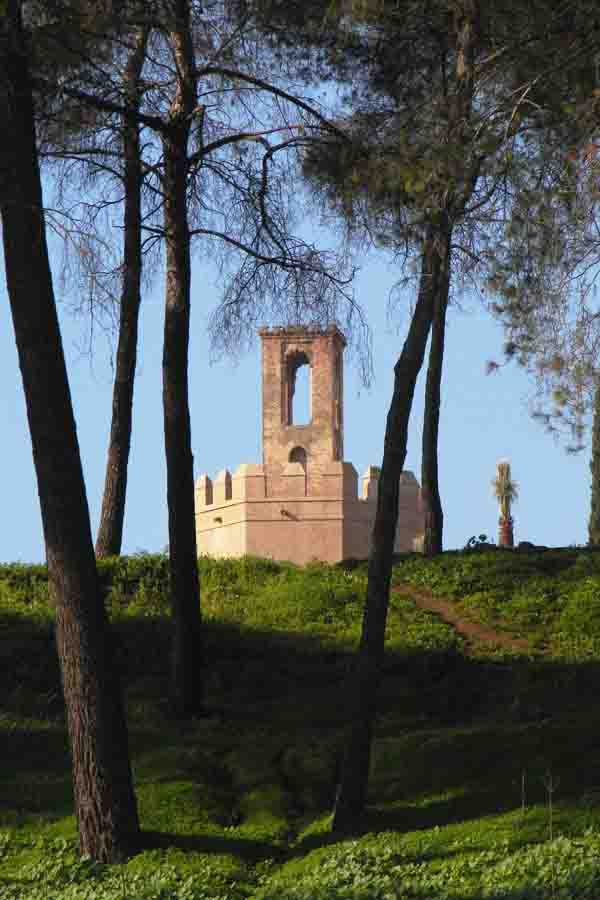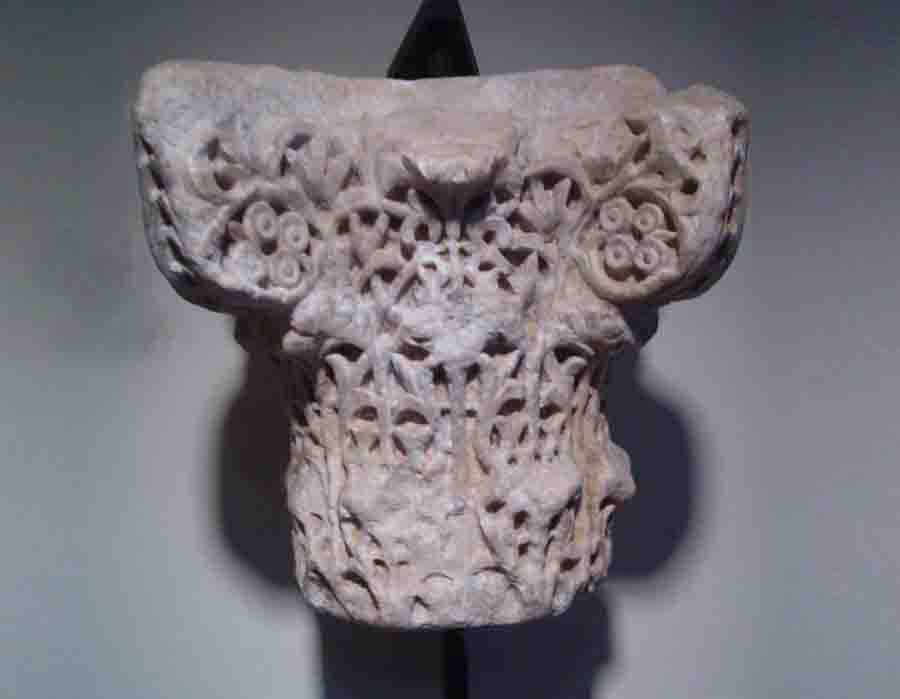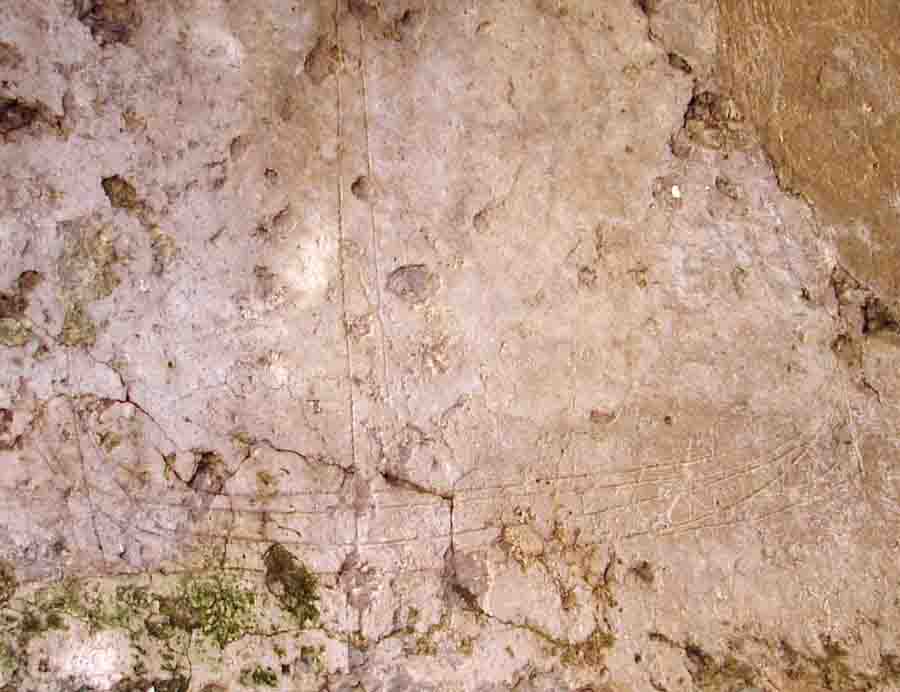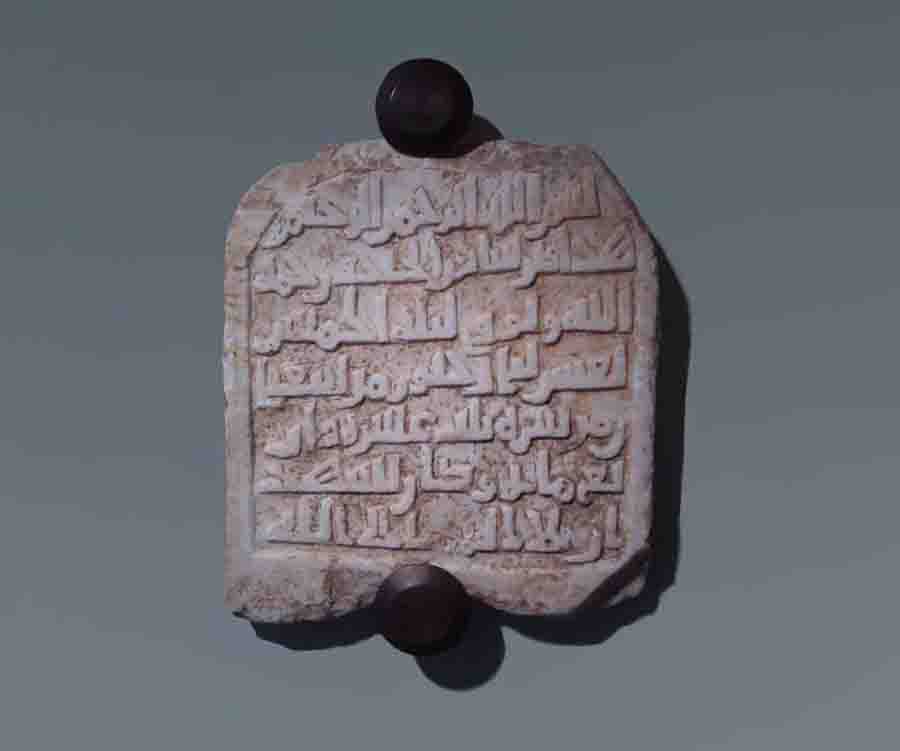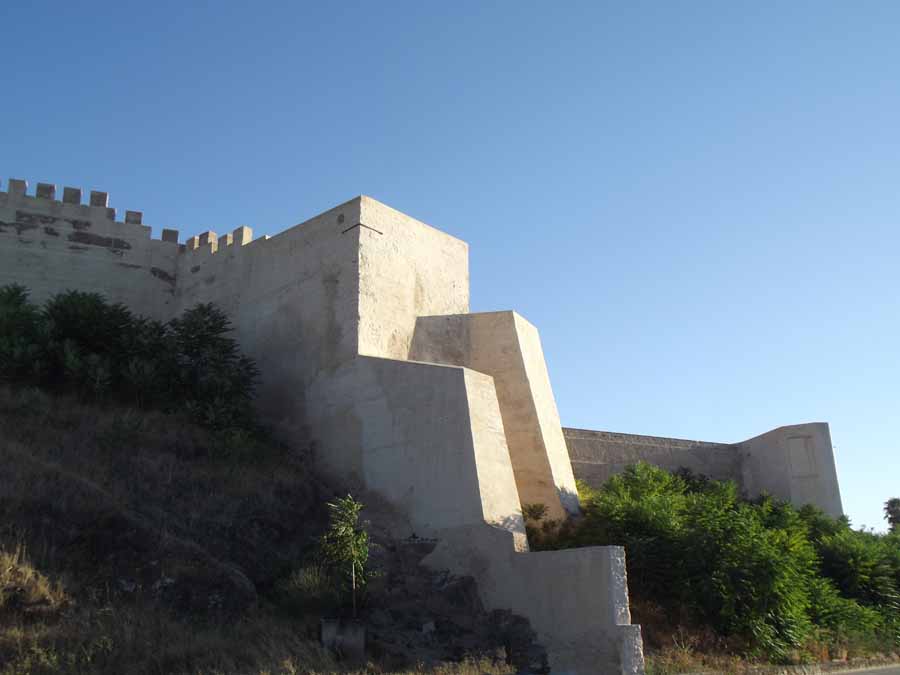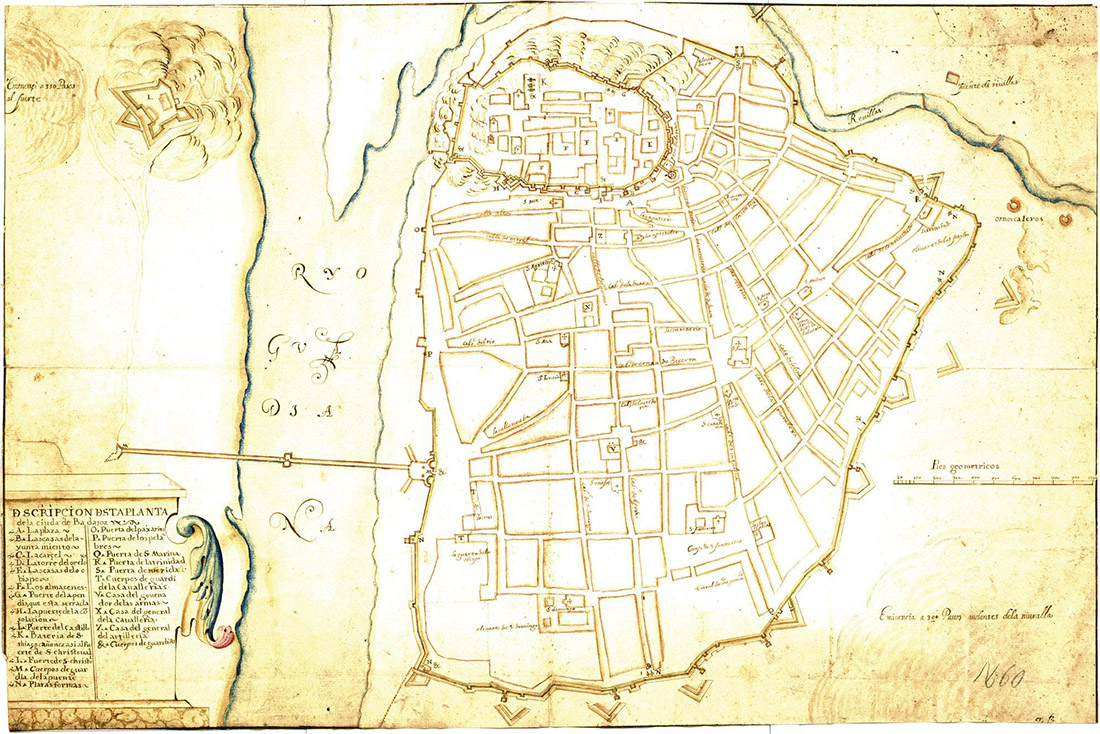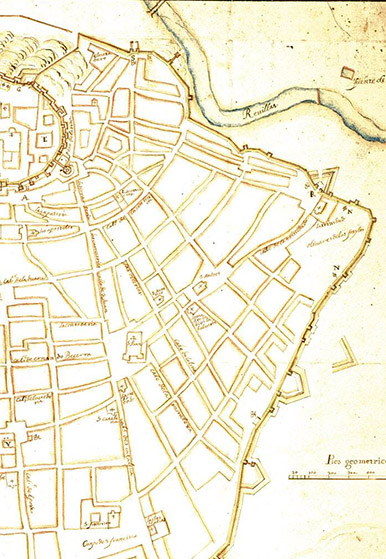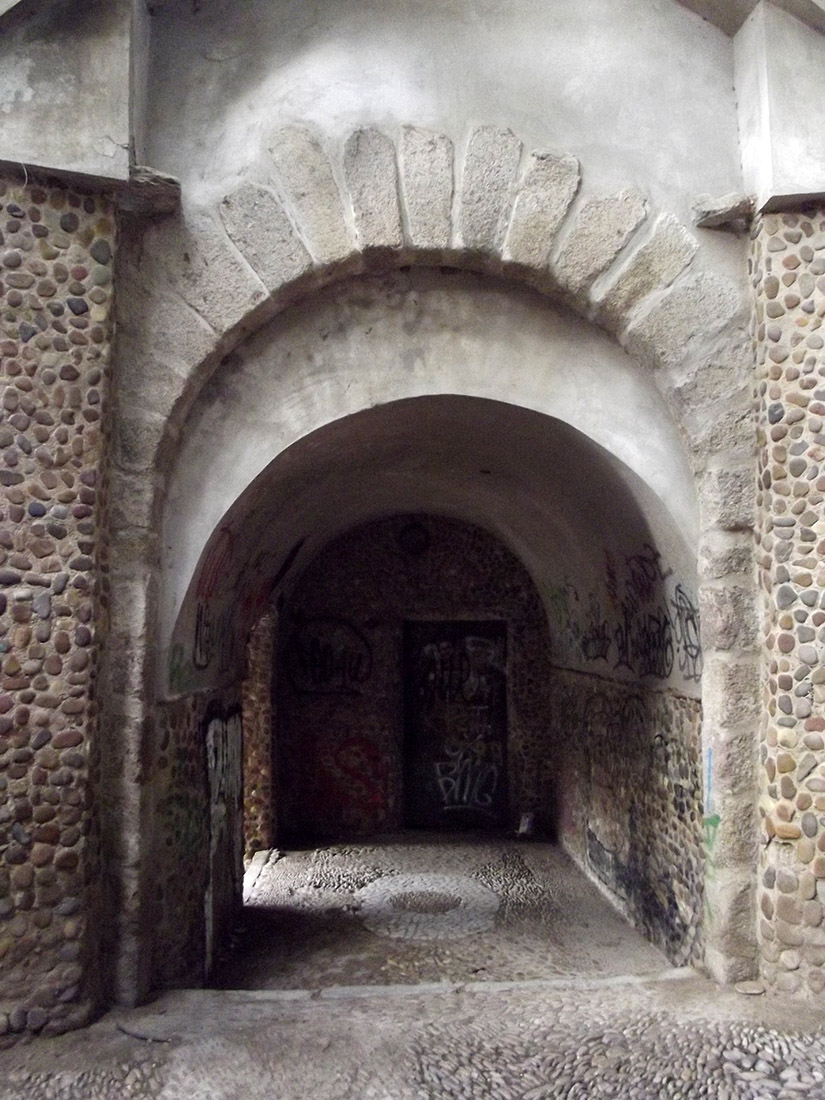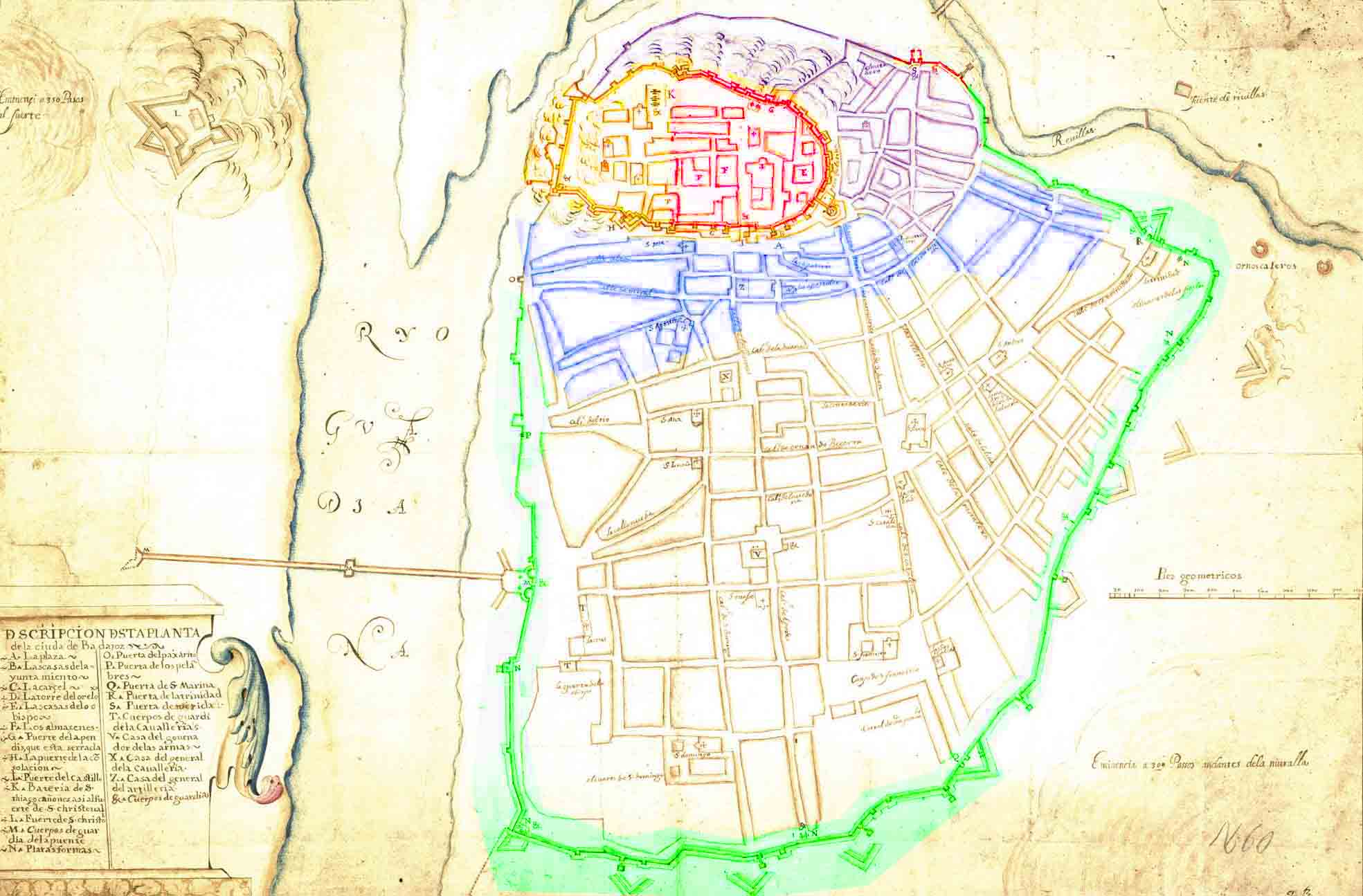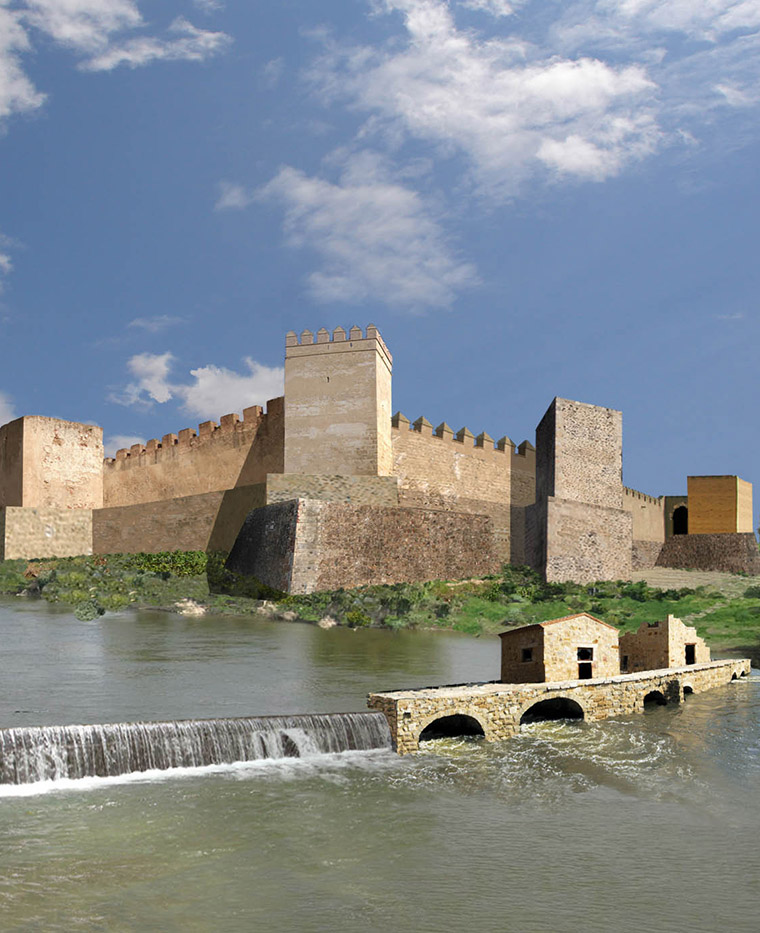|
THE ARABIC FORT OF BADAJOZ
The Fort of Badajoz is the result of the successive actions, which throughout the times were realized in defensive matter, from the primitive enclosure strengthened of the city. The original fort raised by Ibn Marwan in the year 875 was of minor dimensions, that the construction that came to the present day. Possibly it was extended in the period Aftasí and later reinforced during the dominaciones Almoravid and almohade.
Archaeological trabajos that are realized nowadays on the occasion of the rehabilitation of the monument, this way testify it. As consequence of it, doors, towers have appeared and enclosedly other buried enclosures or absorvidos after the successive extensions and reforms.
Already in period almohade, the citadel expanded out of the fort, first towards the Rivillas (Oriental Suburb) and later eastward and the south. When the king Alfonso IX of León, consquistó Badajoz, was counting this one already with a few defenses which limits managed to coincide with those of the historical current Hull. It was the known one as " Old Fence ", flanked for numerous towers albarranas, on that in the XVIIth and XVIIIth century the fortification got up bastions. |
